Travelers make their way to Greece and Italy en masse to get their fill of archaeological sites, like Athens’ Acropolis and Rome’s Colosseum. But impressive ancient ruins are not just limited to those two nations; the vast Roman Empire extended all the way to the north of Britain, the Middle East, and North Africa, and left behind entire gorgeous cities packed with art. Tunisia, a sliver of North Africa wedged between the Mediterranean Sea and the Sahara Desert is filled with Roman ruins that you may not expect to see in Africa, but that are very much worth checking out. Here are the seven Roman archaeological sites you should visit to make for an archaeology-inspired trip to Tunisia.

Tunisia Was Part of the Roman Empire and Has Spectacular Ruins to Prove It
1. National Bardo Museum

Photo: posztos/Shutterstock
The most logical place to start your tour of archaeological sites in Tunisia is the National Bardo Museum. Browsing its phenomenal collection of artifacts, dating all the way back to prehistoric times, is the best way to get acquainted with Tunisia’s history.
The museum, located in a magnificent 19th-century palace in the capital of Tunis, holds the largest collection of mosaics in the world. Literally from floor to ceiling, it is packed with mosaics of geometric, botanical designs, as well as scenes from mythology that feature all sorts of strange creatures. The impressive art is sure to please even the most reluctant of museum-goers.
You can tour the museum on your own, but we recommend that you hire a guide. That way, you’ll see the most important pieces and get the background for each of them without getting the dreaded museum fatigue.
2. Bulla Regia
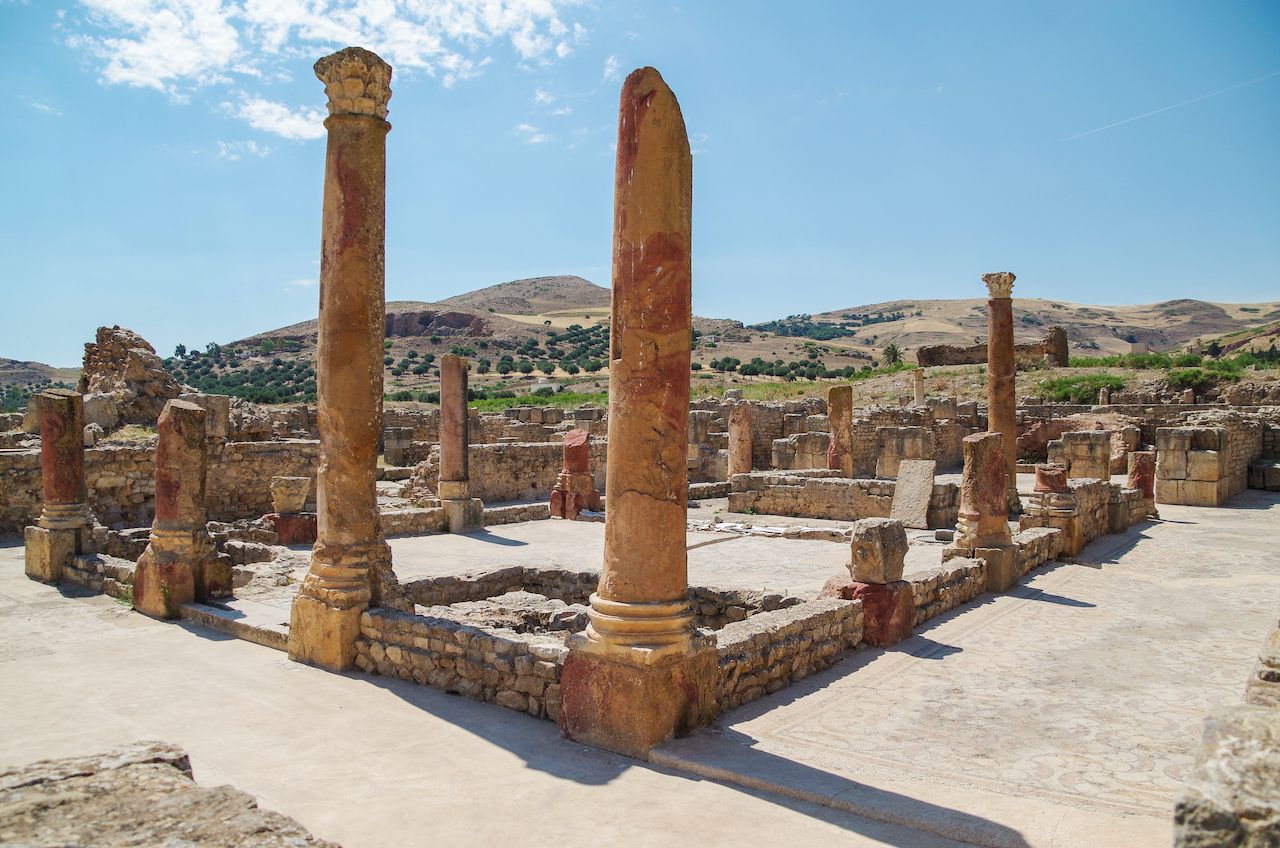
Photo: Marisha_SL/Shutterstock
Located in the northwest of Tunisia, about 100 miles from Tunis, the ruins of the formerly-prosperous Bulla Regia consist of former temples, a forum, public bath houses, a theater, and more that were built after the region became part of the Roman Empire in the first century AD. The most impressive part of the site, however, is the private summer homes created below ground to keep cool from the hot desert sun.
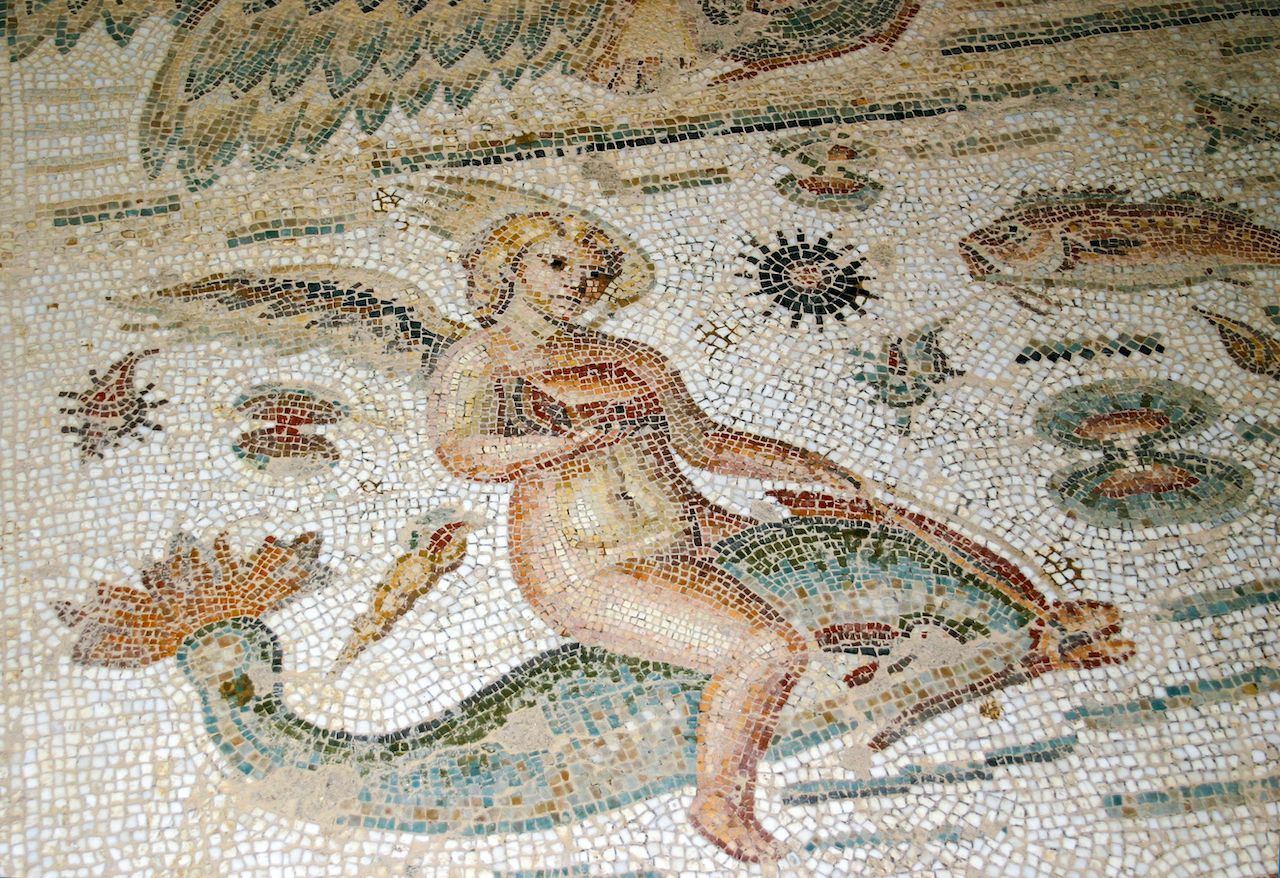
Photo: bumihills/Shutterstock
Visitors take ancient staircases and venture to the subterranean living quarters where they feel the temperature drop, and are wowed by the stunning decorative floor tiles. While the National Bardo Museum gives you a taste of the intricate Roman and Byzantine mosaics of Tunisia, Bulla Regia provides a fuller picture. The mosaics are in nearly impeccable condition, a feat considering they have been exposed to the elements for nearly two millennia.
3. Carthage-Byrsa
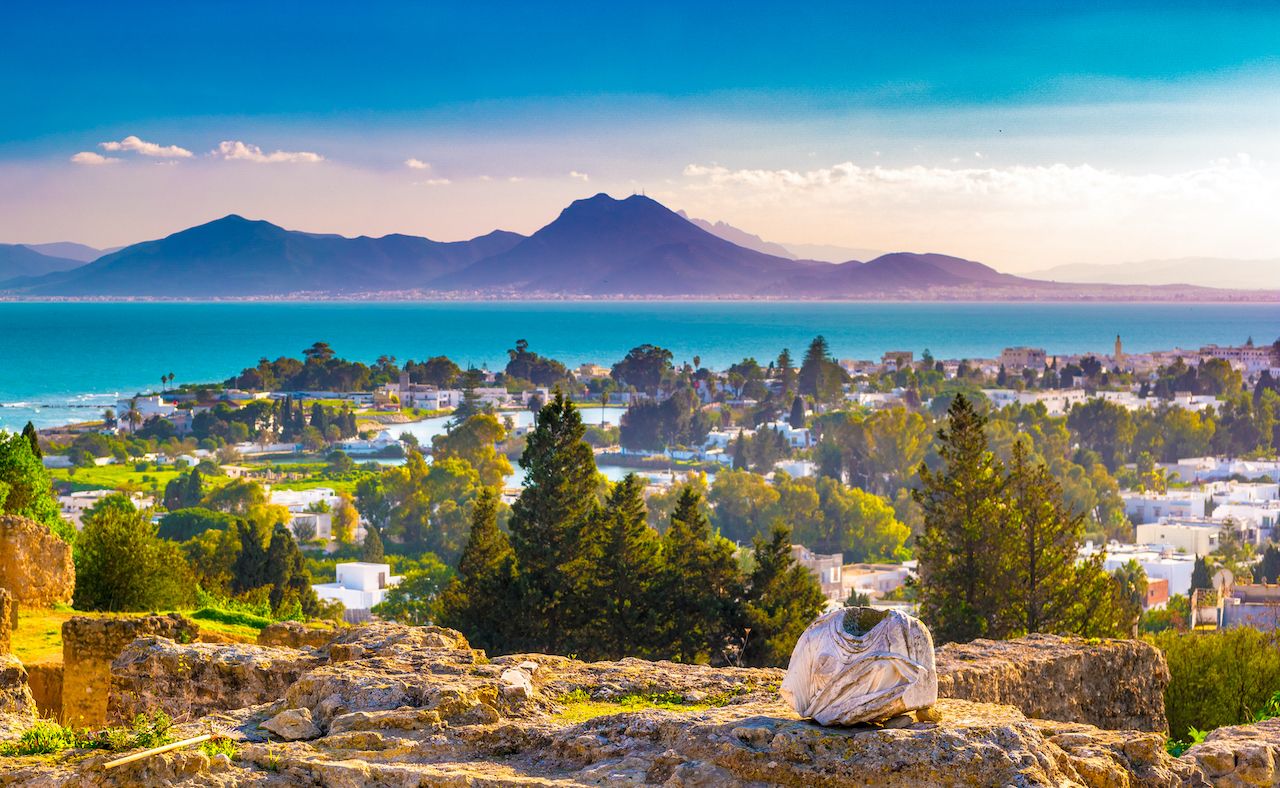
Photo: Romas_Photo /Shutterstock
Now a suburb of the capital city of Tunis and a UNESCO World Heritage site, Carthage used to be the powerhouse of the Punic Empire until it fell to the Romans in the second century BC. The area is spread out over 20 sites, so you should devote several hours to visiting it. We recommend hiring a guide to take a deeper dive into the 80-acre sprawling ruins.
If you don’t have hours ahead of you, or would like a condensed tour of the site, start with a quick visit to the National Museum of Carthage located on the Byrsa Hill. The most significant artifacts (mosaics, ceramics, figurines, etc.) found on the site during archaeological digs are displayed there and provide an introduction to the rest of what there is to see in Carthage. Next, make sure to walk around Byrsa, the ancient walled city that sits on the hill of the same name, as it is the star of the show. From up there, the view on the Gulf of Tunis is eye-wateringly beautiful.
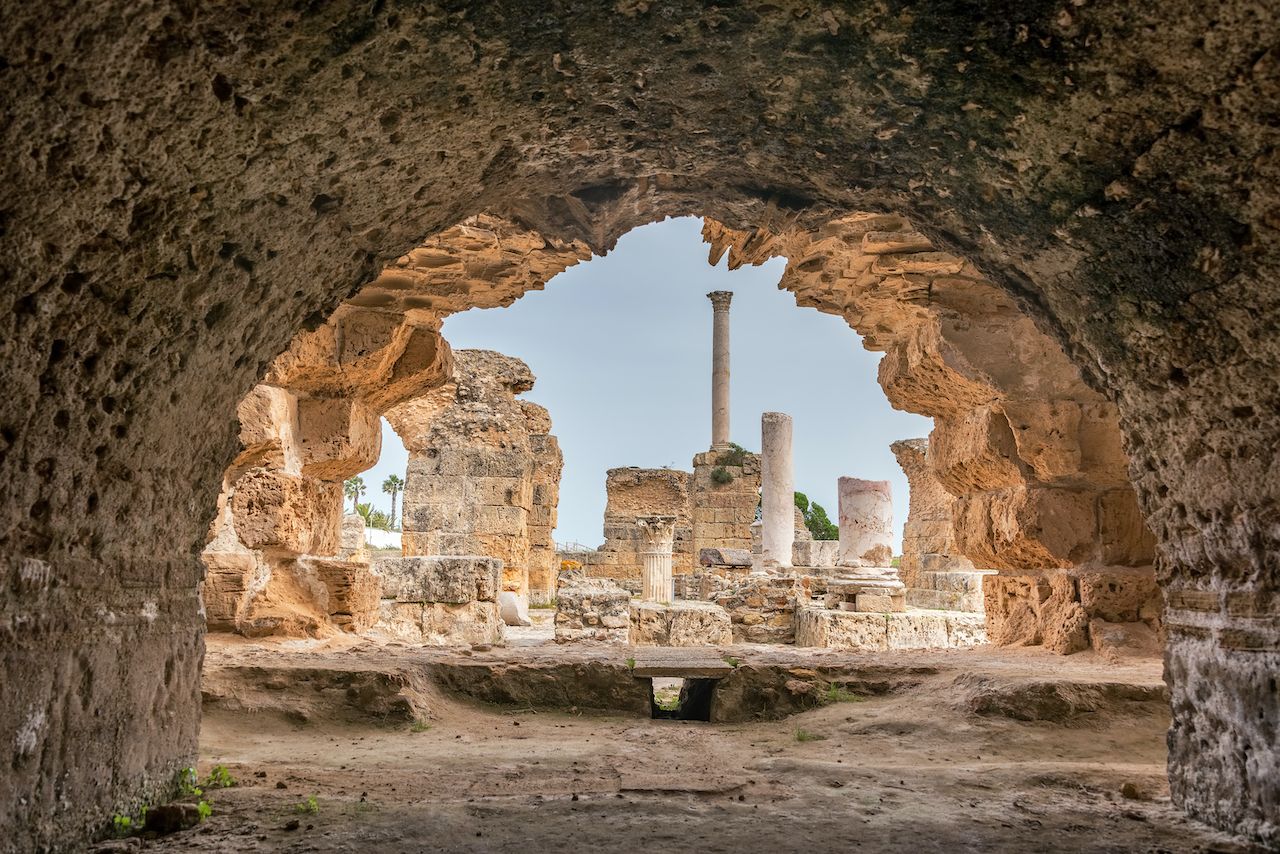
Photo: Jess Kraft/Shutterstock
Along the shoreline, the Thermes d’Antonin, also known as the thermal baths of Carthage, are a massive public bath structure built by the Romans in 165 AD and are believed to be the largest thermal baths built in Roman Africa.
4. Dougga

Photo: Leonid Andronov/Shutterstock
The small ancient town of Dougga, which grew very prosperous during the time of the Roman Empire, is located on a hill in the north of Tunisia, about 70 miles from Tunis. Considered to be the best preserved town in Roman Africa, the 75-acre archaeological site is a UNESCO World Heritage site.
The structures still visible on the site bear testimony to the civilizations that occupied this land before and after the Roman annexation, like the large Roman theater with views of vast plains below, the Lybica-Punic mausoleum, and the Roman capitol. According to UNESCO, the site has more than 17 centuries of history — and you can see it all in just a one-day visit.
5. El Jem
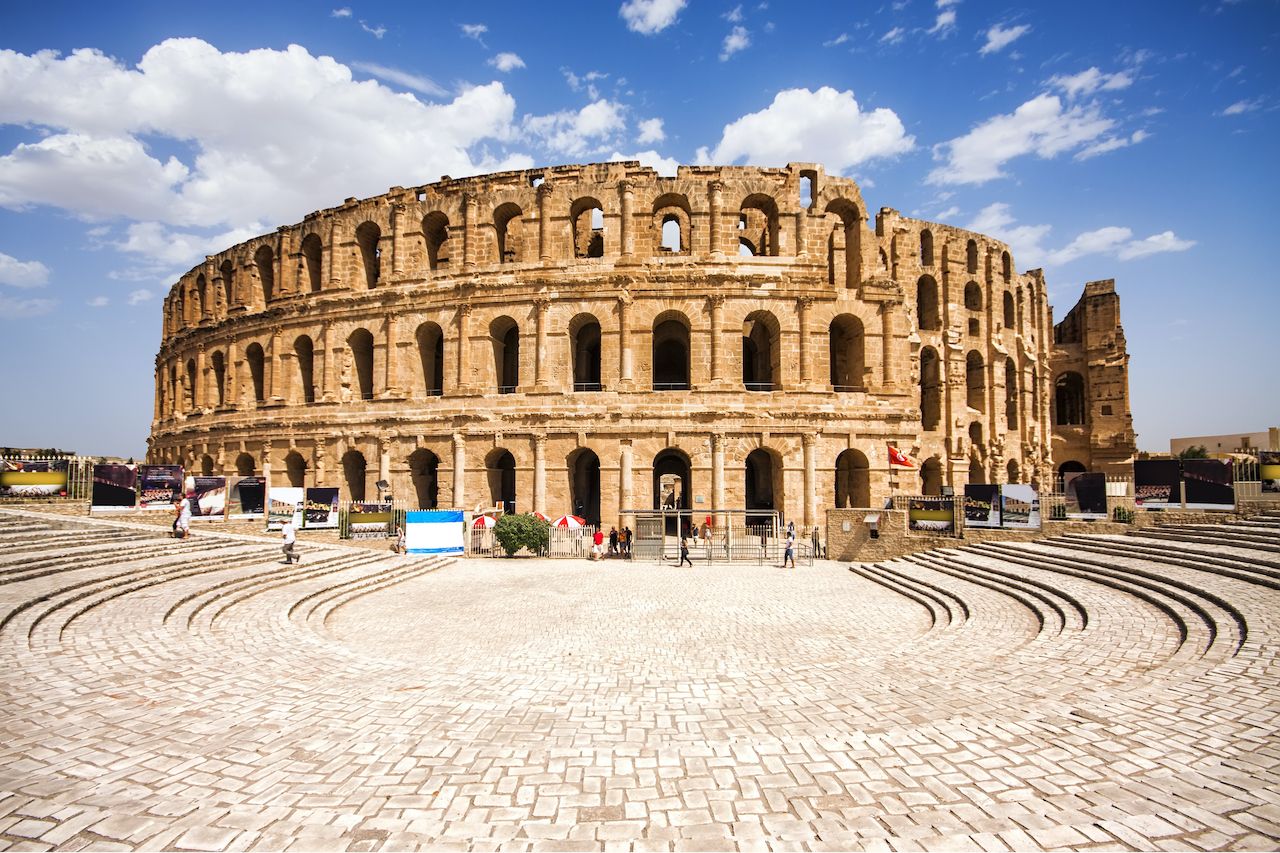
Photo: Marques/Shutterstock
One of the largest coliseums in the world, El Jem is a 35,000-seat amphitheater that rivals the Colosseum in Rome. This UNESCO World Heritage site located between the cities of Tunis and Sfax, and built in the third century, is unique in Africa. The amphitheater is still used today for events like the International Symphonic Festival.
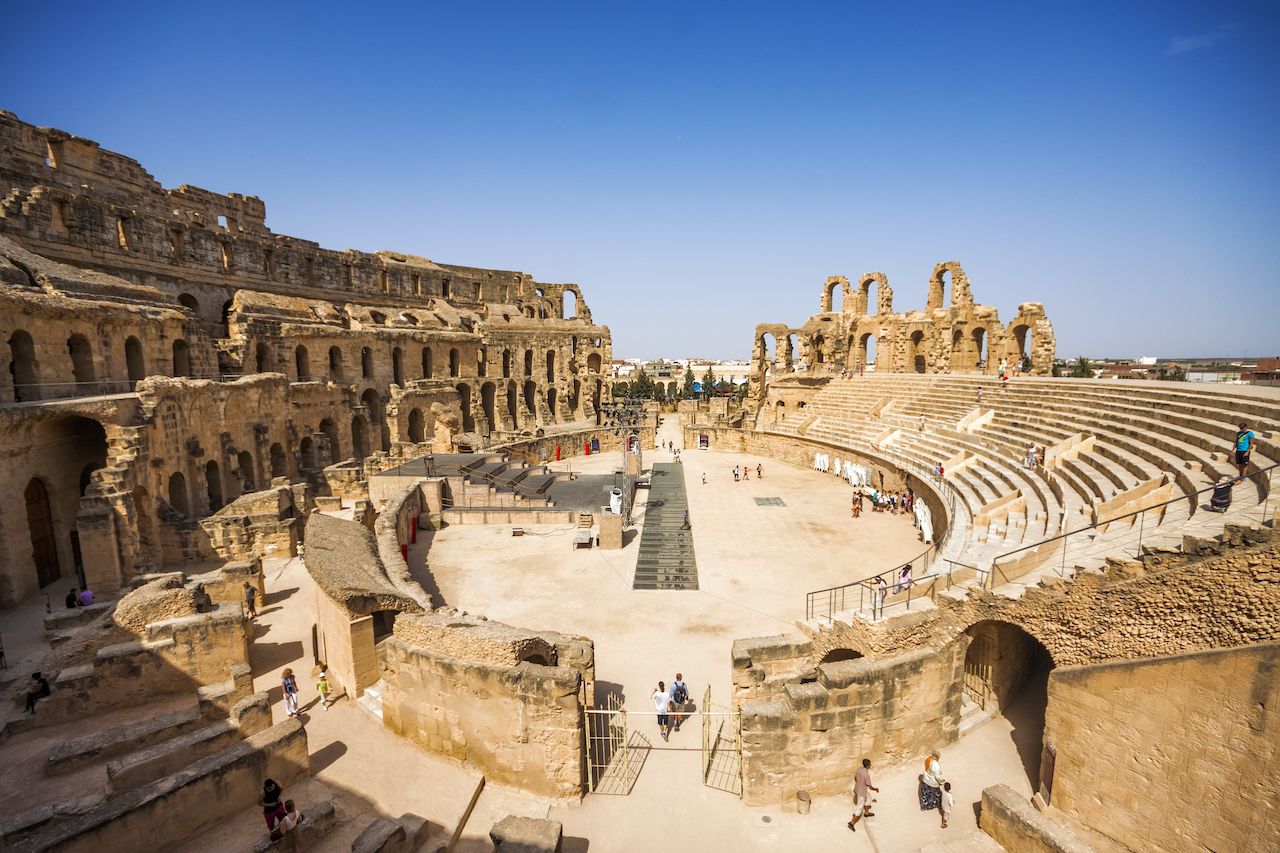
Photo: Marques/Shutterstock
The best way to enjoy the site from the outside is to sit at one of the local cafes across the street from the amphitheater. Once inside, be sure to take a minute or two from one of the seats at the top of the amphitheater to imagine the extreme gladiator flights that used to take place in the arena below.
6. Zaghouan Aqueduct
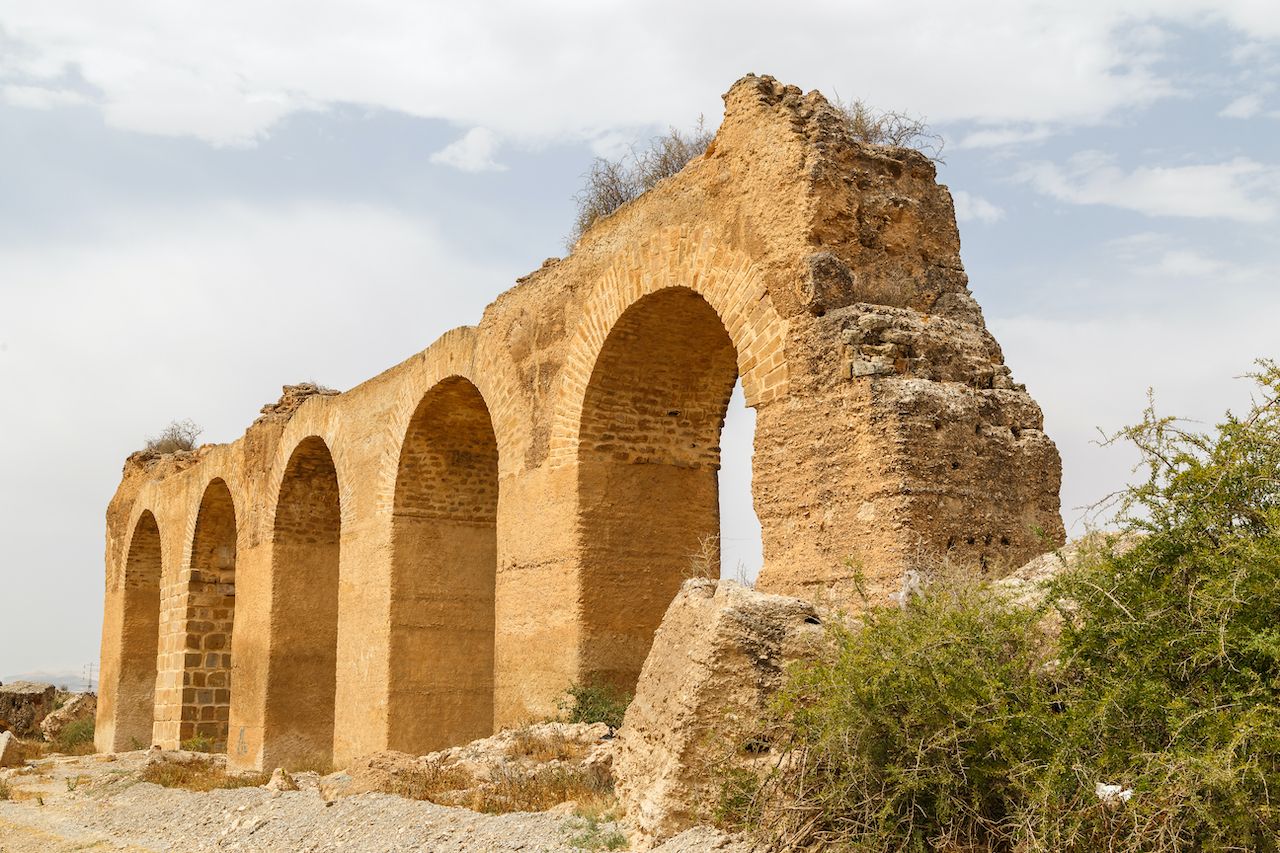
Photo: Lev Levin/Shutterstock
Supplying the ancient city of Carthage with fresh water, the Zaghouan Aqueduct was built in the second century after Romans took control of the area. Previously, Carthage depended on the storage of rainwater in wells and cisterns, but the newly-arrived Romans and the thermal baths they built needed a more reliable system.
The Water Temple, dedicated to the gods of water, sits on a spring that is the starting point of the 82-mile aqueduc. The Water Temple is very well preserved and must-see. Large parts of the aqueduct can still be seen today, including some of its highest arcades at 66 feet high.
7. Utica
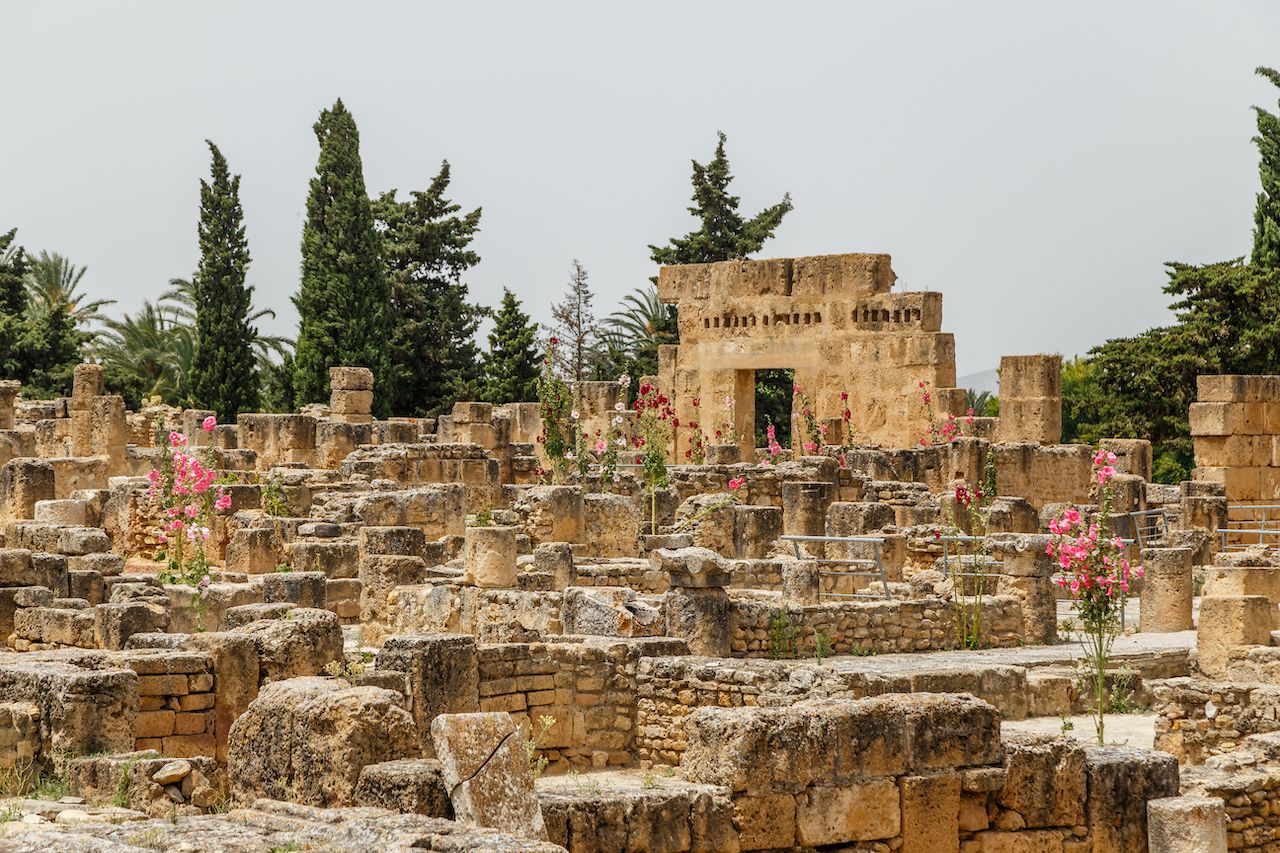
Photo: Lev Levin/Shutterstock
The first African colony established by the Phoenicians, Utica later became the capital of Roman Africa. While there are beautiful mosaics on site, many of the artifacts are not present in modern-day Bizerte (about 60 miles northeast of Tunis); the archaeological excavations of the site in the 19th century had invaluable pieces channeled to museums in France and the UK. That said, the Archaeological Museum of Utica is worth a visit before visiting the archaeological park with its ancient Roman villas; it contains precious Punic and Roman ceramics, sculptures, jewelry, and more.